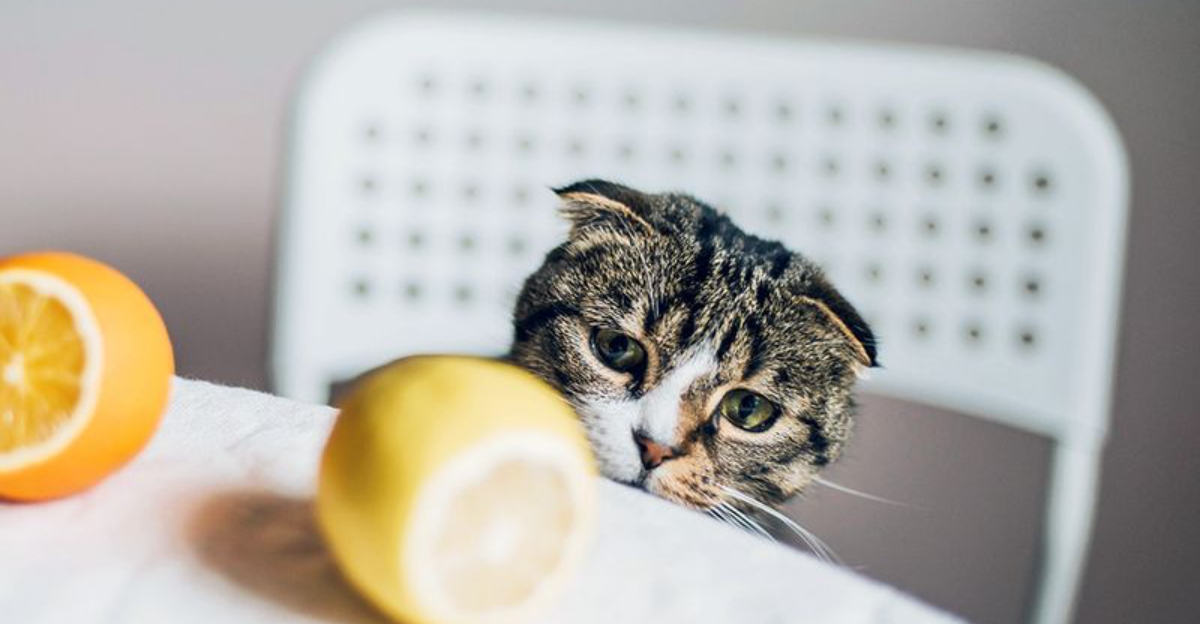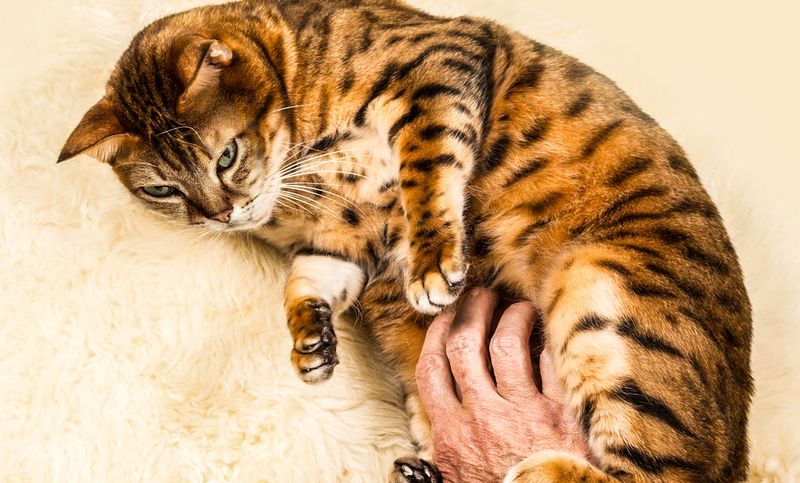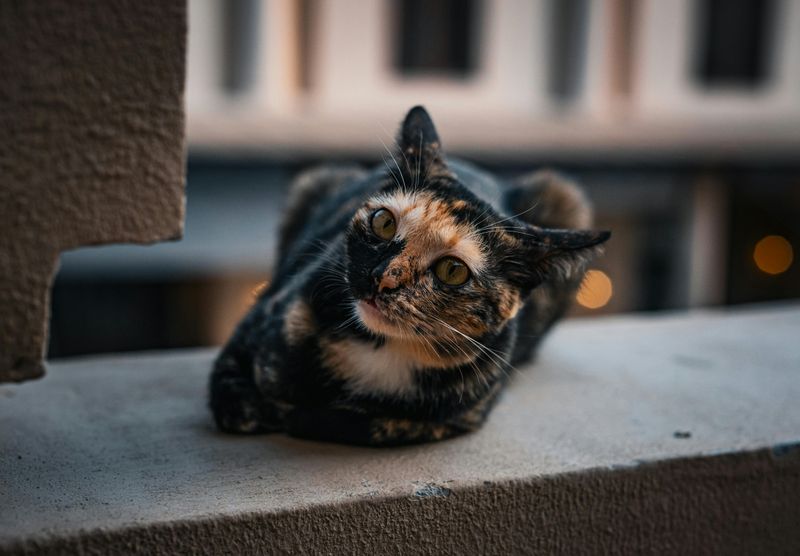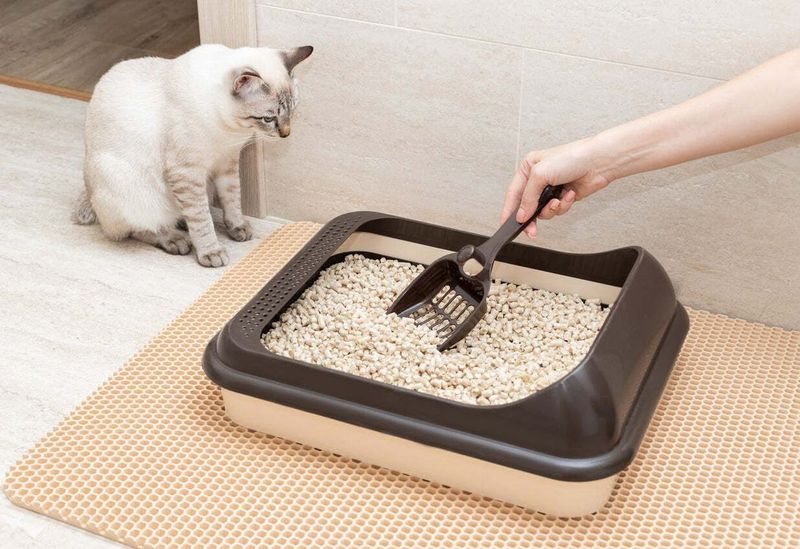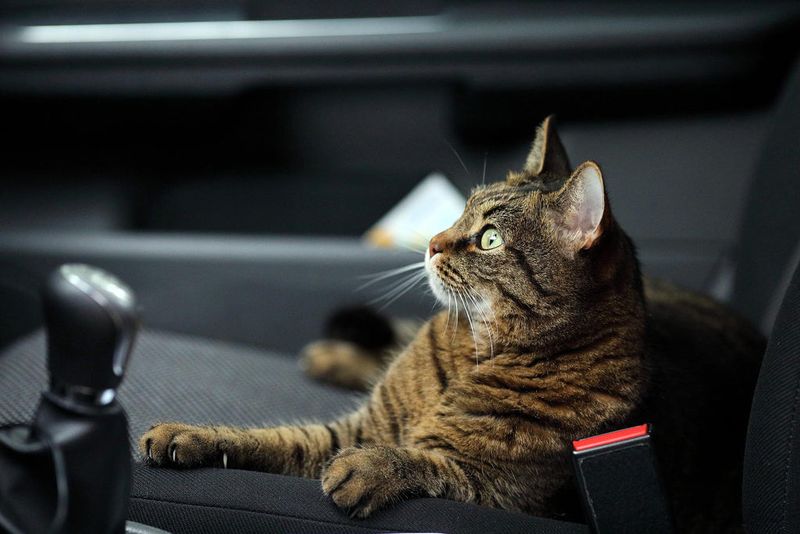📖 Table of Content:
Cats are fascinating, independent creatures with unique quirks and strong opinions about their environment. While it’s no secret that most felines despise the vacuum cleaner, there are actually many other things that provoke even stronger reactions. Understanding these aversions can help pet owners create a more comfortable and respectful space for their feline companions.
What might seem harmless or even pleasant to us—like a spritz of citrus air freshener or a friendly belly rub—can spark intense discomfort or stress in a cat. These preferences are rooted in their biology, instincts, and highly tuned senses that are often very different from our own. Recognizing and honoring these sensitivities not only helps prevent behavioral issues but also strengthens the bond between cat and owner.
In this article, we’ll explore some of the more surprising things that many cats dislike, even more than the dreaded roar of the vacuum cleaner. From certain smells to everyday behaviors, these lesser-known pet peeves might just explain your cat’s mysterious moods. By uncovering these feline dislikes, you’ll be better prepared to give your cat the peace and respect it truly craves.
1. Being Touched in Certain Spots
Unlike dogs, cats can be quite particular about where and how they are touched. Though it may seem affectionate to rub a cat’s belly, many cats see this as a vulnerable area and may react defensively. Paws are another sensitive zone; touching them can cause discomfort because they’re filled with nerve endings. Even the base of the tail—despite sometimes being a sweet spot—can become overstimulating quickly. For some cats, their whisker area is off-limits, especially if they’ve already been handled too much. These preferences vary between individuals, but sudden or persistent contact in these zones usually results in pulling away, biting, or hissing. Respecting these unspoken boundaries can significantly improve your cat’s comfort and trust in you.
2. Loud Noises
Silence is golden in a cat’s world, and abrupt or loud noises can shatter their sense of safety. Common household sounds such as fireworks, thunder, or even a door slamming can send a cat sprinting for cover. The low-frequency rumble of a vacuum cleaner is just the tip of the iceberg. Loud music, shouting, or laughter may not bother humans or dogs but can feel invasive and threatening to a cat. These animals rely on a stable, quiet environment to feel secure and in control. Constant exposure to noise can lead to chronic stress and even health issues such as decreased appetite or hiding behavior. Minimizing noise pollution in shared spaces helps maintain your cat’s peace of mind.
3. Strong Scents
Scent plays a central role in how cats experience their world, but their olfactory system is far more sensitive than ours. Even small concentrations of strong smells can be overwhelming or even distressing for them. Citrus fruits, often used in natural cleaners or room sprays, are among the most offensive scents to a cat’s nose. Essential oils like eucalyptus, tea tree, and lavender can be equally disturbing—and in some cases, even toxic. Vinegar, while effective as a household cleaner, often sends cats fleeing from the room. The heavy aromas of bleach or ammonia-based cleaning products may mimic urine to them, triggering anxiety or territorial behaviors. It’s not just about dislike; some of these scents can interfere with their natural ability to navigate the world through smell, adding to their discomfort.
4. Closed Doors
Curiosity might not kill the cat, but a closed door can drive it nearly mad. For a creature that prides itself on being in control of its domain, being denied access to a room sparks frustration and sometimes panic. Cats are territorial animals, and exclusion from part of their territory doesn’t just seem unfair—it feels like a threat. Some may meow persistently, scratch at the door, or even sulk when kept out. Ironically, they may not want to stay in the room once it’s open, but the choice matters deeply to them. This behavior stems from a mix of territorial instinct and a deep-seated need for routine and predictability. Providing safe, open access to commonly used spaces can help reduce this kind of anxiety.
5. Changes in Routine or Environment
Nothing unsettles a cat faster than unexpected change. Whether it’s a new piece of furniture, a different feeding time, or the arrival of a new pet or human, cats can become highly stressed. Their sense of comfort comes from knowing what to expect and when. Rearranging furniture or moving homes can lead to days or even weeks of hiding, spraying, or refusing to eat. Even positive changes, like upgrading a cat tree, can feel like a loss of something familiar. Sudden shifts interrupt their mental map of the world, which they rely on heavily. Easing transitions and introducing changes slowly can greatly ease their emotional response.
6. Dirty Litter Boxes
Cleanliness isn’t just a preference for cats—it’s a necessity. A dirty litter box can quickly become a no-go zone, leading your cat to find alternative (and often unwanted) places to do their business. They rely on scent and cleanliness to determine if an area is safe for elimination. If a box is full, smelly, or placed in a noisy or inaccessible spot, your cat might avoid it altogether. Even the type of litter or the depth can make a significant difference in their willingness to use it. Because cats groom themselves meticulously, they extend the same expectations to their bathroom space. Keeping the litter box scooped daily and located in a quiet, low-traffic area can prevent most issues.
7. Car Rides
Motion and unfamiliarity make car rides a nightmare scenario for most cats. Unlike dogs, who might associate car travel with adventure, cats often link it to stress, confinement, and vet visits. The noise, vibration, and movement can trigger motion sickness and panic. They may cry, pant, or vomit during even short trips. The scent of the car—filled with human smells, plastic, and air fresheners—adds to the sensory overload. Additionally, confinement in a carrier can make cats feel trapped and vulnerable. Making travel more comfortable with familiar blankets, pheromone sprays, or short acclimation sessions can help ease the experience, but many will still detest it.
